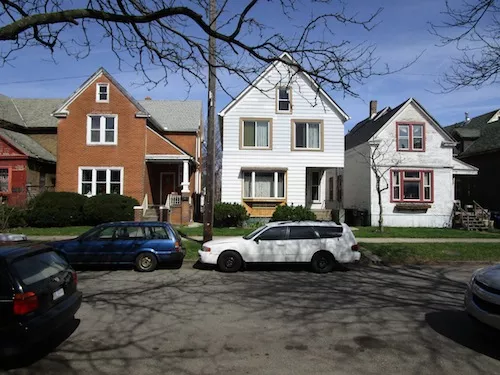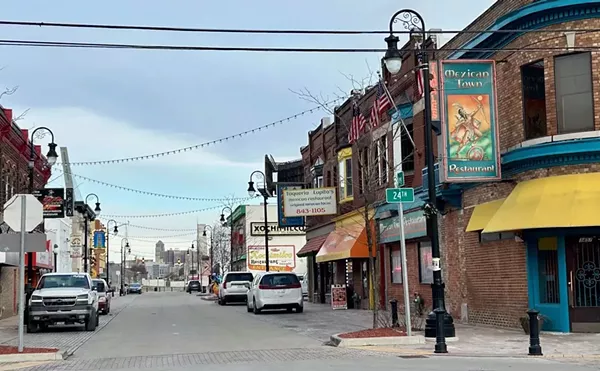
Audio By Carbonatix
[
{
"name": "GPT - Leaderboard - Inline - Content",
"component": "35519556",
"insertPoint": "5th",
"startingPoint": "3",
"requiredCountToDisplay": "3",
"maxInsertions": 100,
"adList": [
{
"adPreset": "LeaderboardInline"
}
]
}
]
As cities all over the country are getting a fresh look from millennials, things have never been quite so hopeful for the historic preservation movement. For instance, buildings that were almost universally called “eyesores” in need of a date with the wrecking ball are now being shored up or redeveloped. Neighborhoods that were sleepy and fading a decade ago now brim with new life. At the same time, it’s an open question now whether broad-brush demolition might harm some places that could see an uptick down the line.
These are the kinds of questions that are whirling around in the academic community that studies urban environments and historic preservation. And they’re sure to be posed, along with many others, at a conference that comes to town next month.
It’s called “Neighborhoods in America’s Legacy Cities: A Dialogue in Detroit,” and the converence promises to continue a discussion about “legacy cities” begun two years ago in Cleveland. It’s presented by the Michigan State Historic Preservation Office, the Michigan State Housing Development Authority, and Wayne State University. Panels featuring professionals, advocates, and academics will discuss the issues faced by U.S. cities, including devastating population loss, long-term economic decline, lead hazards, and mass-scale demolition. Bright spots will include using preservation to stabilize neighborhoods and drive investment.
It’s subsidized, but it’s still pricey. Student registration is $65; individual registration is $100.
The conference takes place Sept. 13-16, at Wayne State’s McGregor Memorial Conference Center. To register, see dialogueindetroit.org.






